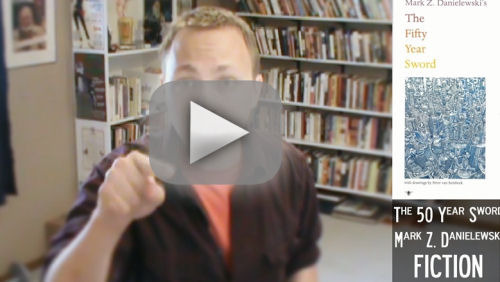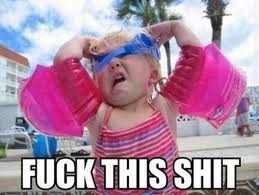What do you think?
Rate this book


100 pages, Hardcover
First published October 16, 2012




 come to my blog!
come to my blog!with his newest {re}publication, his
objet d’art.
It is/was/will be performed avec
de la musique.
Maybe here you will find yourself with
bits and bytes
4 your iBook.
to turn to other
Q:


...in spite of so many climbing / figures / on so many / paths, I was completely / alone up there. / Far worse than the / petrified shadows and the falling / notes, the multiplication upon / multiplication of my own solitude / brought me rapididly to the edge of despair...